Buying cattle in the mart is a big investment for your farm business. Knowing what to buy and not overpaying for cattle is part and parcel of the trade.
There are plenty of risks associated with buying cattle in the mart, many of which are disease-related.
The following steps will help to improve the health and performance of your newly purchased cattle once they arrive on to your farm.
1. Inspect cattle before the sale
Arrive early at the mart so you have time to view cattle before the sale. Walk through the holding pens and inspect cattle.
Handle cattle along the shoulder, rib, loin and rump to assess the level of flesh on the animal. Pay attention to feet and legs. Make sure the animal is moving freely and bearing weight on all four feet.
Monitor cattle for signs of laboured breathing, dullness and nasal discharge as this indicates respiratory problems. Note the lot numbers of cattle you wish to buy.
2.Talk to the vendor before and after the sale
If possible, ask the farmer selling the cattle a few questions about the general management of the cattle. Ideally, you want to find out when were cattle last dosed, what product was used, are the cattle vaccinated for respiratory diseases and what was the animals' daily diet.
Once you have purchased your cattle, get them home as soon as possible
3. Buy bigger batchers over a shorter time period
Buying cattle in the mart every week is time consuming, a drain on resources and presents a constant disease risk as animals arrive on to the farm week by week.
Therefore, it may be a better option to buy larger groups of cattle over a short time period rather than buying small lots over a longer time period. This will reduce the risk of disease coming on to the farm to a shorter, more manageable period.
4. Buy even batches of cattle
Buying cattle of similar size, weight and type will be much easier to manage when you get them home. These cattle can be easily grouped together for feeding. Equal-sized cattle groups will have similar feed requirements and can be sold together in larger groups helping to command a better finishing price.
5. Get cattle loaded and home quickly
Once you have purchased your cattle, get them home as soon as possible. Marts are a stressful place for cattle and a potential source of disease transmission, so the earlier they get home the better.
Once you get cattle home, it is better to unload these animals into a well-ventilated, straw-bedded shed
6. Quarantine cattle
Newly purchased cattle should be quarantined from the main herd for a short period to prevent disease such as IBR being transmitted to your herd.
A quarantine period will also allow animals to recover from the stress of the mart and transport, as well as showing up any health problems present in the newly purchased cattle.
7. House on straw bedding
Once you get cattle home, it is better to unload these animals into a well-ventilated, straw-bedded shed for a few days before joining the herd. This will help reduce stress in bought-in cattle and let you monitor and treat animals that are sick or injured during transit.
8. Feed meals
Offer newly purchased cattle a small quantity of meals to help them settle on farm. Feeding 1kg to 2kg/head every day for a week to 10 days will suffice. Feeding meals will help to identify sick cattle, as sick animals will be slow to come forward and eat, allowing you to take early action.
9. Vaccinate and dose
Once newly purchased cattle have settled, you should plan to treat these animals for internal and external parasites. If they have not received a respiratory vaccine, administer a suitable product before these cattle join your main herd.
10. Move to the main herd and monitor
Once you are satisfied that bought-in cattle have settled and show no signs of disease, you can move them to join the main herd. As before, move cattle in groups of similar size, type and age to reduce the amount of cattle mixing and aggression. Continue to monitor cattle daily until settled in the main herd.
Read more
Mart prices back by €54/head to €77/head
Buying cattle in the mart is a big investment for your farm business. Knowing what to buy and not overpaying for cattle is part and parcel of the trade.
There are plenty of risks associated with buying cattle in the mart, many of which are disease-related.
The following steps will help to improve the health and performance of your newly purchased cattle once they arrive on to your farm.
1. Inspect cattle before the sale
Arrive early at the mart so you have time to view cattle before the sale. Walk through the holding pens and inspect cattle.
Handle cattle along the shoulder, rib, loin and rump to assess the level of flesh on the animal. Pay attention to feet and legs. Make sure the animal is moving freely and bearing weight on all four feet.
Monitor cattle for signs of laboured breathing, dullness and nasal discharge as this indicates respiratory problems. Note the lot numbers of cattle you wish to buy.
2.Talk to the vendor before and after the sale
If possible, ask the farmer selling the cattle a few questions about the general management of the cattle. Ideally, you want to find out when were cattle last dosed, what product was used, are the cattle vaccinated for respiratory diseases and what was the animals' daily diet.
Once you have purchased your cattle, get them home as soon as possible
3. Buy bigger batchers over a shorter time period
Buying cattle in the mart every week is time consuming, a drain on resources and presents a constant disease risk as animals arrive on to the farm week by week.
Therefore, it may be a better option to buy larger groups of cattle over a short time period rather than buying small lots over a longer time period. This will reduce the risk of disease coming on to the farm to a shorter, more manageable period.
4. Buy even batches of cattle
Buying cattle of similar size, weight and type will be much easier to manage when you get them home. These cattle can be easily grouped together for feeding. Equal-sized cattle groups will have similar feed requirements and can be sold together in larger groups helping to command a better finishing price.
5. Get cattle loaded and home quickly
Once you have purchased your cattle, get them home as soon as possible. Marts are a stressful place for cattle and a potential source of disease transmission, so the earlier they get home the better.
Once you get cattle home, it is better to unload these animals into a well-ventilated, straw-bedded shed
6. Quarantine cattle
Newly purchased cattle should be quarantined from the main herd for a short period to prevent disease such as IBR being transmitted to your herd.
A quarantine period will also allow animals to recover from the stress of the mart and transport, as well as showing up any health problems present in the newly purchased cattle.
7. House on straw bedding
Once you get cattle home, it is better to unload these animals into a well-ventilated, straw-bedded shed for a few days before joining the herd. This will help reduce stress in bought-in cattle and let you monitor and treat animals that are sick or injured during transit.
8. Feed meals
Offer newly purchased cattle a small quantity of meals to help them settle on farm. Feeding 1kg to 2kg/head every day for a week to 10 days will suffice. Feeding meals will help to identify sick cattle, as sick animals will be slow to come forward and eat, allowing you to take early action.
9. Vaccinate and dose
Once newly purchased cattle have settled, you should plan to treat these animals for internal and external parasites. If they have not received a respiratory vaccine, administer a suitable product before these cattle join your main herd.
10. Move to the main herd and monitor
Once you are satisfied that bought-in cattle have settled and show no signs of disease, you can move them to join the main herd. As before, move cattle in groups of similar size, type and age to reduce the amount of cattle mixing and aggression. Continue to monitor cattle daily until settled in the main herd.
Read more
Mart prices back by €54/head to €77/head




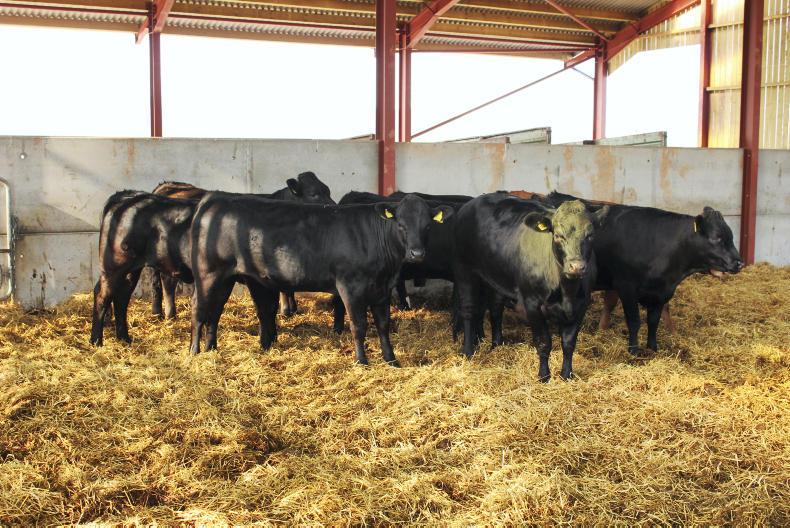
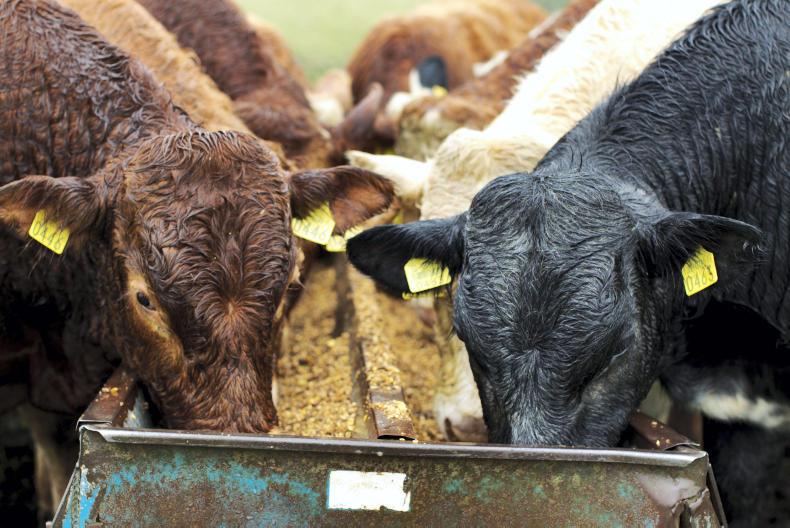

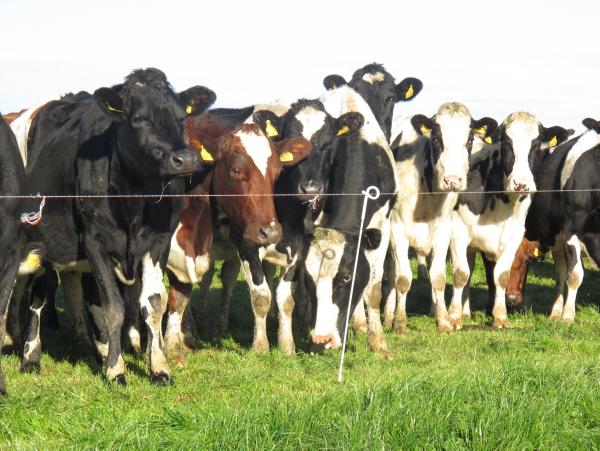
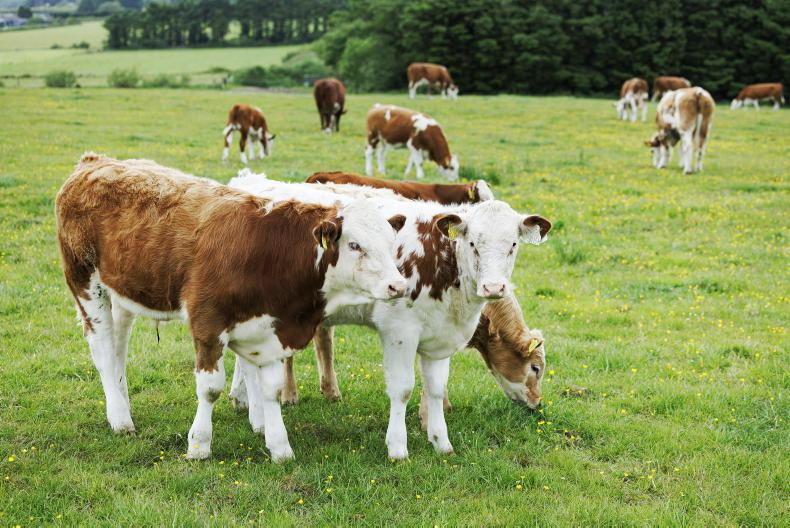
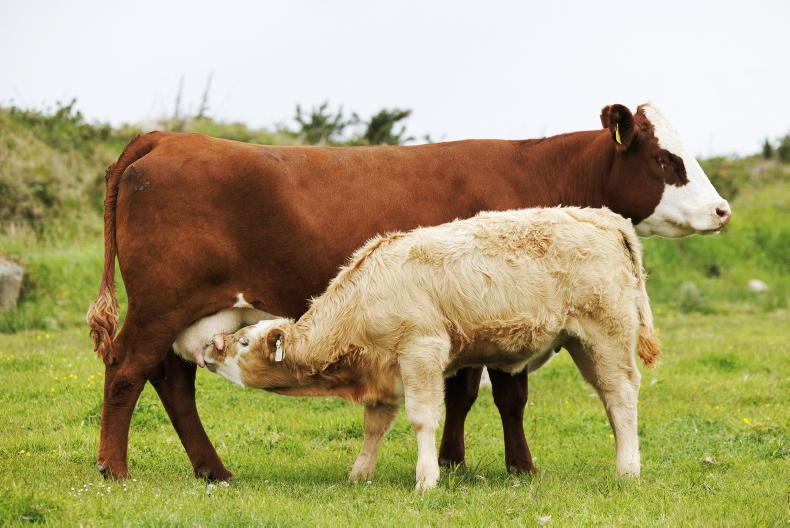
SHARING OPTIONS